How to Create a Color Palette From Any Image

Key Takeaways
Begin with the proper photo for accurate colors. Select clean subjects, even lighting, high contrast and resolution and steer clear of heavy filters or clutter.
💫 Discover Your Complete Color Palette
Ready to discover all the colors that make you look radiant? Our comprehensive color analysis will reveal your complete personal palette - perfect for hair, makeup, and wardrobe decisions.
Take Color Analysis Quiz →Smart upload for silky results. Use supported formats like jpg, png or webp, abide by filesize restrictions and read privacy policies before uploading your personal pictures.
Let tools do the legwork, then double-check. Grab dominant and accent colors, review hex and rgb values, and export in formats your workflow supports, all using a color picker or generator!
Adapt your palette to the objective. Eliminate duplicate colors, warm and cool equilibrium, brightness and saturation adjustments, accessibility contrast review.
Save and store for later. Save as files or images, tag by project or theme, and keep in a personal library or cloud for easy access across devices.
Extend palettes across contexts. Drop them onto websites, brand systems, social graphics, interiors and shared mood boards and maintain a shortlist of favorite colors for consistent, cohesive output.
Photo to color palette refers to extracting dominant colors from a photograph to create a palette of colors for design, artwork, or branding purposes. These types of tools typically scan pixels to identify predominant hues, accents, highlights and display quick use hex codes.
Results assist match mood, maintain brand style and accelerate decisions for web, print or decor. To demonstrate how it works, the following section takes you through steps, tools, and tips with explicit, real-world examples.
📚 Recent Articles
The image to color palette process
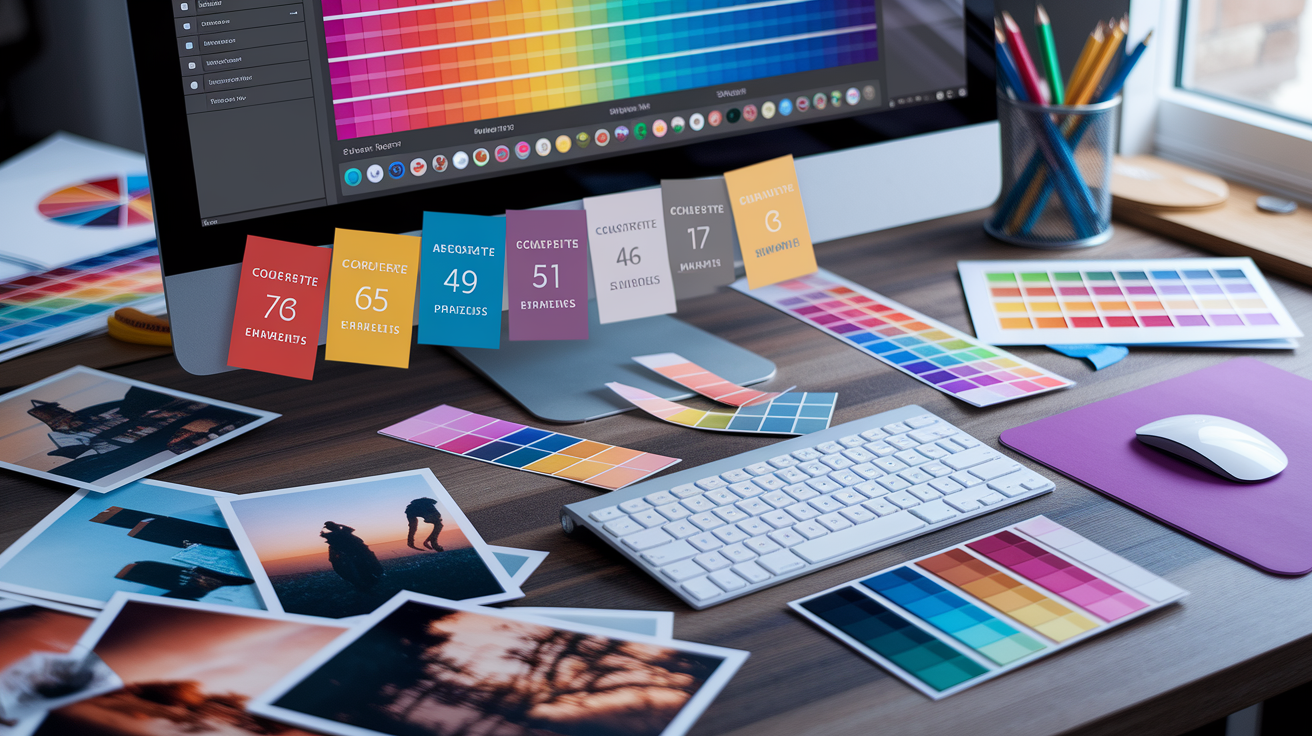
This workflow transforms a photo into a structured collection of practical colors using a color palette generator. It combines a nifty toolchain with tiny manual gestures to ensure precision in brand compliance and print output.
1. Image selection
Begin with a mood board to establish intent. Mix in sample textures, type and a couple of reference photos. This provides you guardrails for tone and saturation prior to selecting a source image.
Select a photo where there's one clear subject and minimal clutter. Strong contrast assists tools locate crisp edges between colors. Eliminate overexposed or muddy skip shots–blown highlights and deep shadows conceal genuine color.
Pair the image to the objective—soft lifestyle for packaging, crisp street scene for UI, textile flat lay for fashion. Paste the photo onto your canvas so you can sample in situ and maintain context nearby.
If you schedule a traditional five-color palette–one dark, one light, one accent, and two secondary–be sure the photo actually has those roles.
2. Uploading
Upload in standard formats, such as JPG, PNG or WEBP. Remain close to the tool's file size limit so extraction runs super fast.
Drag and drop into the color picker page, or browse using the upload button. Read the tool's privacy notes before submitting personal photos.
3. Extraction
Begin the extraction with a reliable image color picker or palette generator. Automation will bring forward main colors, accent notes and oddball shades that add character.
Check hex values and any key color_extract_url metadata for traceability. Export hex, rgb, or even SCSS variables for handoff to design or code.
- #1D1F22 — dark base
- #F2F4F7 — light base
- #D84C3F — accent
- #5A8CA3 — secondary A
- #C3B487 — secondary B
4. Refinement
Open a new canvas, draw rectangles and drop the exported colors in. Try color-blocking: group close tones to spot clashes and find harmony.
Maintain several of the same color on a single layer for easy side-by-side comparisons. Eliminate strays, nudge hue or brightness, and pare to a lean capsule of 5.
Preview changes with easy overlays and filters to view how colors layer in actual scenes. Palettes are personal–taste, objectives and mood determine the ultimate decision.
Save the reduced set as a custom or folder palette so you can reuse it easily. Anticipate a couple of iterations—first pass seldom hits it dead on.
5. Saving
Export as a palette file, PDF or image for your team. Save to a personal library, to your colorkit account or cloud space, categorized by project, theme and color role.
(Direct download or copy to clipboard lets you drop values into design tools quick) Maintain a version log so subsequent work remains in sync.
What makes a good photo?
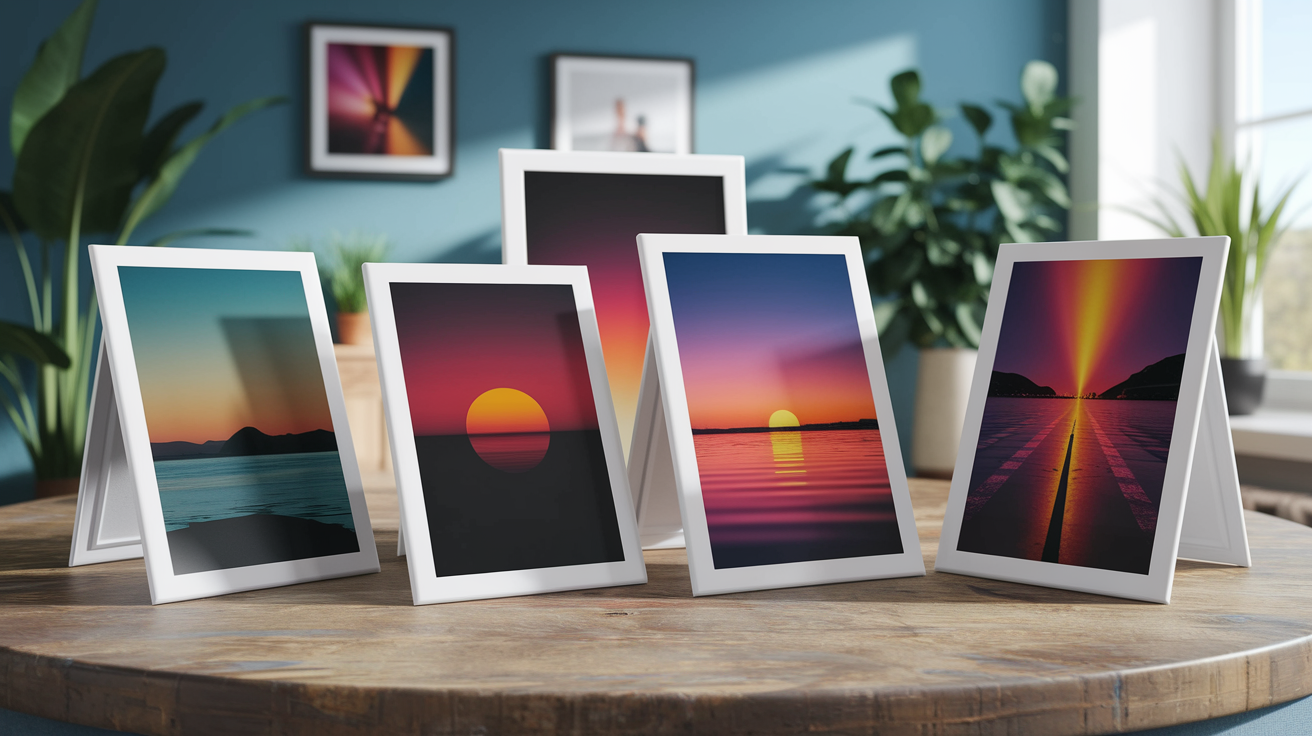
Good photos provide crisp, accurate color information. Select photos that have even light, crisp focus, and strong composition so the color palette generator extracts real colors, not static. Shoot for wide color with well-defined edges to objects. Forget weighty filters and busy scenes that contort reality. Tone the photo to your desired capsule palette—warm, bright, calm, or bold—so results match your objective.
Lighting
Natural or diffused light keeps colors true. Cloud cover, window light with a sheer curtain, or a softbox keeps you from color cast and glare. Direct noon sun tends to blow highlights and deepen shadows, which distorts value readings.
Harsh shadows shift in tone and value, and bright reflections can color surfaces. Recall the eye sees about 10 value steps, 1 to 10 lightest, so the exposure decision determines how many good mid-tones your palette knife can pick up. Before you shoot, white balance to a known target (daylight, shade, custom card) to lock accuracy.
Preview the photo in various lights on your screen — daylight, night mode — to ensure colors hold up. If a winter scene seems flattish, one good burst of color (a red scarf, cobalt door) can ground the palette without pretending.
Resolution
High resolution allows the instrument to sample more pixels and locate subtle shifts in tone, saturation, and value. Low-res or blurry files smear edges, so the generator draws muddied, generic colors. Verify your tool's minimum resolution; many work well from 2000–3000 px on the long side.
If the frame is cluttered, crop to the space that contains the ambiance you require—skin tones for a brand guide, leaves for a natural palette, fabric swatches for design inspiration. Noise down — it introduces artificial specks that increase the count of trivial colors and thin out your fundamental palette.
Composition
Direct framing guides both the viewer and the algorithm to the appropriate colors. Position your primary colors on rule-of-thirds points and employ leading lines to draw the eye to your dominant color while framing out distractions. Center positioning can work effectively when focusing on a single color or subject, especially when utilizing a color analysis kit for better insights.
Eliminate stray items or busy backgrounds, as clutter introduces off-brand colors that the color palette generator will sample. Consider patterns, textures, and gradients; a woven textile provides micro-contrast that the generator interprets as rich tonal steps, while a smooth wall results in a clean block color.
Saturation can invigorate palettes, but too much can come across as brash. Plan outfits and props within a chosen palette for cohesion, and consider the season: spring greens, autumn rusts, or coastal blues can create harmony. Use color theory—complements for snap, analogs for flow, split‑complements for tension without chaos—and maintain a shortlist of favorite colors for consistent, cohesive output.
Understanding color extractor tools
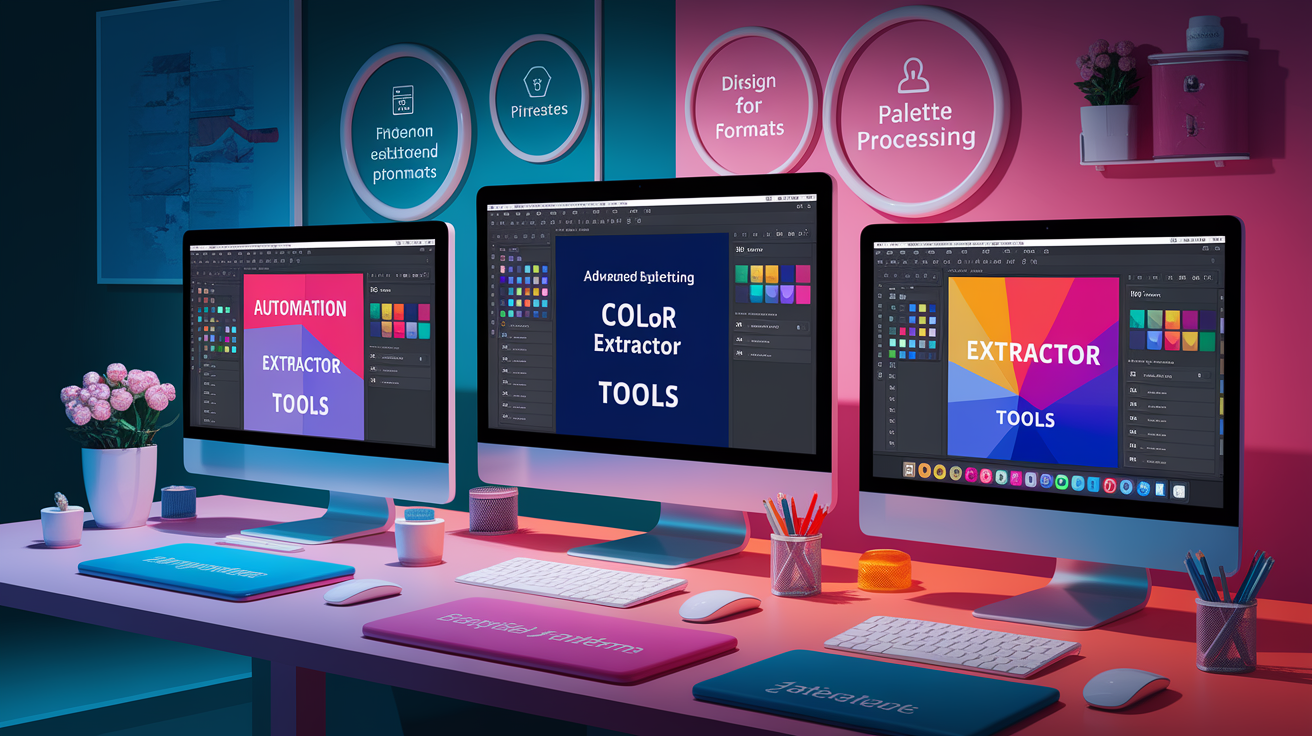
Photo-to-palette tools scan a photo, cluster color values, and output a beautiful color palette with hex color codes you can use anywhere. They assist in constructing rapid color combinations for themed work, aid novices with approachable UIs, and provide experts detailed control and neat exports.
| Tool type | Automation | Eyedropper precision | Integrations | Formats handled | Batch | Palette editing | UI/Privacy | Export options |
|---|---|---|---|---|---|---|---|---|
| Online generators | High (one-click) | Basic to advanced | Browser-based embeds | JPG, PNG, web URLs | Limited | Rename, reorder, lock colors | Simple; privacy varies by site | HEX, RGB, SCSS, ASE |
| Software plugins | Workflow-driven | Advanced with zoom | Photoshop, GIMP, Krita | Most image formats | Good via scripts | Blend, weight, sample by layer | Local files; user-controlled | Swatches, ASE/ACO, CSV |
| Mobile apps | Live camera | Tap-to-pick, live preview | Share sheets, cloud sync | Camera, gallery | None to light | Tag, group, notes | App permissions; offline modes | PNG, PDF, HEX/RGB lists |
Online generators
Free web tools such as Coolors, Adobe Color and VOCSO pull palettes quickly. Just upload the image or paste in a URL – some sites have you download the image and then re-upload, for privacy or stability reasons.
Use lock pins and sliders to preserve key hues while the tool randomizes the rest. For multiple images, open the tool in new tabs or reload after every image to clear the active palette.
Explore trending palettes, capsules and community galleries to stress-test concepts, such as selecting warm earth tones for a travel blog or cool neutrals for fintech. Click anywhere on the image to receive immediate HEX, RGB, and even HSV data.
Export cleanly in HEX, RGB and SCSS. Most provide ASE for handoff to design apps, saving time in multi-tool workflows.
Software plugins
They're plugins that slot into Photoshop, GIMP, or Krita, so you remain in the same workspace. Sample per layer, use overlay modes or mask regions to exclude skin or sky and denoise. That control really helps when you need five base colors and three accents, not twenty near-duplicates.
Automate with batch actions or scripts to extract palettes from an entire folder, helpful for brand audits or product catalogs. Save palettes to local libraries or sync through cloud accounts for cross-device access.
Mobile apps
Camera-based pickers transform live scenes into palettes in real-time. Point the phone, live-extract, shift a cropping circle to dodge glare, snatch swatches from new shots or your camera roll.
Snap-share to messages or social to collect opinions. Tag palettes by project, export PDFs for clients, or later sync to desktop tools. It's convenient for quick field studies, like coordinating fabrics, packaging, or storefronts when you want several colors for a narrow theme.
The art of manual curation
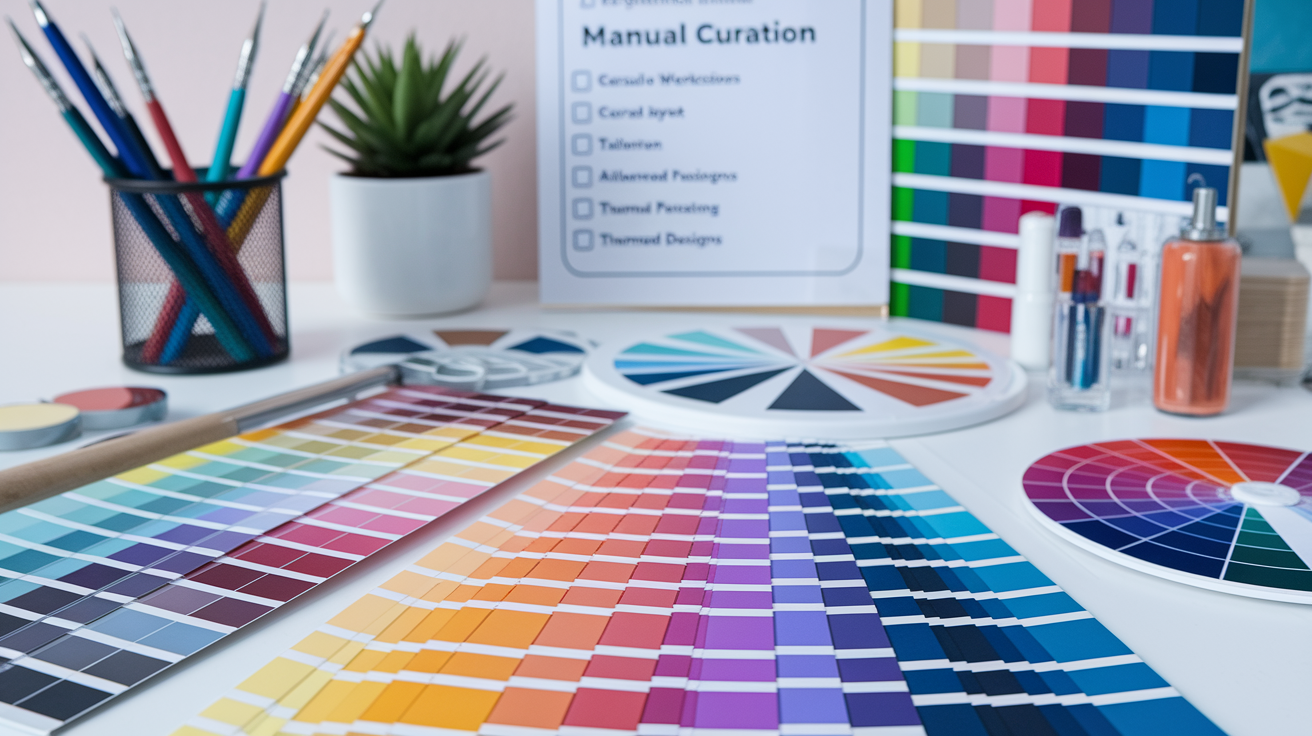
Manual curation transforms an auto‑generated photo palette into a coherent visual narrative. It combines color theory, tool fluency and taste to serve a purpose, be it a web header, a capsule wardrobe or a room scheme. It's personal by definition, but focused on mission and readership.
It's slow work, but the reward is a **cohesive identity** people can sense at a glance.
Balancing hues
Begin by verifying the warm–cool split. Warm colors advance, radiate strength and intimacy. Cool tones give peace and room to breathe.
Shift the ratio to match intent: more warm for a lively event banner, more cool for a spa landing page, a 50/50 mix for a balanced editorial.
Establish roles. Choose a single dominant color, two or three accents, and at least one neutral (soft gray, beige, off–white, near–black). This combo keeps layouts and outfits fluid without being visually noisy.
Use a color wheel or a simple analysis card to see links: complements for punch, analogous for flow, split‑complements for tension without chaos. Eliminate look‑alike swatches and that one outlier that yells over all the others.
If your original photo was from hard noon light, know that overcast light tends to even hues. You might have to nudge some warmth or coolness back in order to bring it back to that calm equipoise.
Adjusting values
Luminosity, saturation and contrast define sharpness. Lower saturation on busy accents to keep them from upstaging. Pump brightness on body copy or background colors for legibility.
Push contrast when things need to be distinct. Use the HSB/HSV sliders for pristine control. Small steps—5–8% at a time—let you notice change without erasing the picture's personality.
Opacity adjustments are useful when swatches are overlaid onto images or textures. Try it on light, dark and mid‑tone backgrounds, look at it on a phone and a laptop both in daylight and low light.
If a color gets muddy or neon somewhere, recalibrate. Construct a fast color table or gradient strip for every important color. A snug ladder of tints and shades provides alternatives for borders, hover states, shadows, and fabric trims without introducing new colors.
Considering context
Make decisions based on utility. Web graphics require WCAG‑friendly contrast. A summer capsule could lean towards airy, low‑saturation lights.
Interior palettes generally fare best with one earthy anchor and two soft companions. Respect brand colors and audience. If the brand has a bright teal, define its function and surround it with accent colors that keep the teal legible and cool.
Visual cues power about 80% of the brain's reaction, so this harmony counts. Readiness4 Accessibility Check Conduct contrast tests, and test red–green traps with colorblind simulators.
Then preview in mockups: a hero banner, a mobile card, a fabric swatch page. Tweak saturation or opacity if the vibe strays from the picture.
Keep a checklist: source image and lighting notes; goal and audience; warm–cool ratio; roles (dominant, accents, neutrals); wheel relationships; value steps; accessibility scores; mockup screenshots; final hex codes and usage notes.
This log makes future rounds uniform and accelerates the next iteration, yet curation remains crafty and labor‑intensive. The art lies in the middle between technique and judgment, and with practice, it develops a consistent visual style.
Practical palette applications
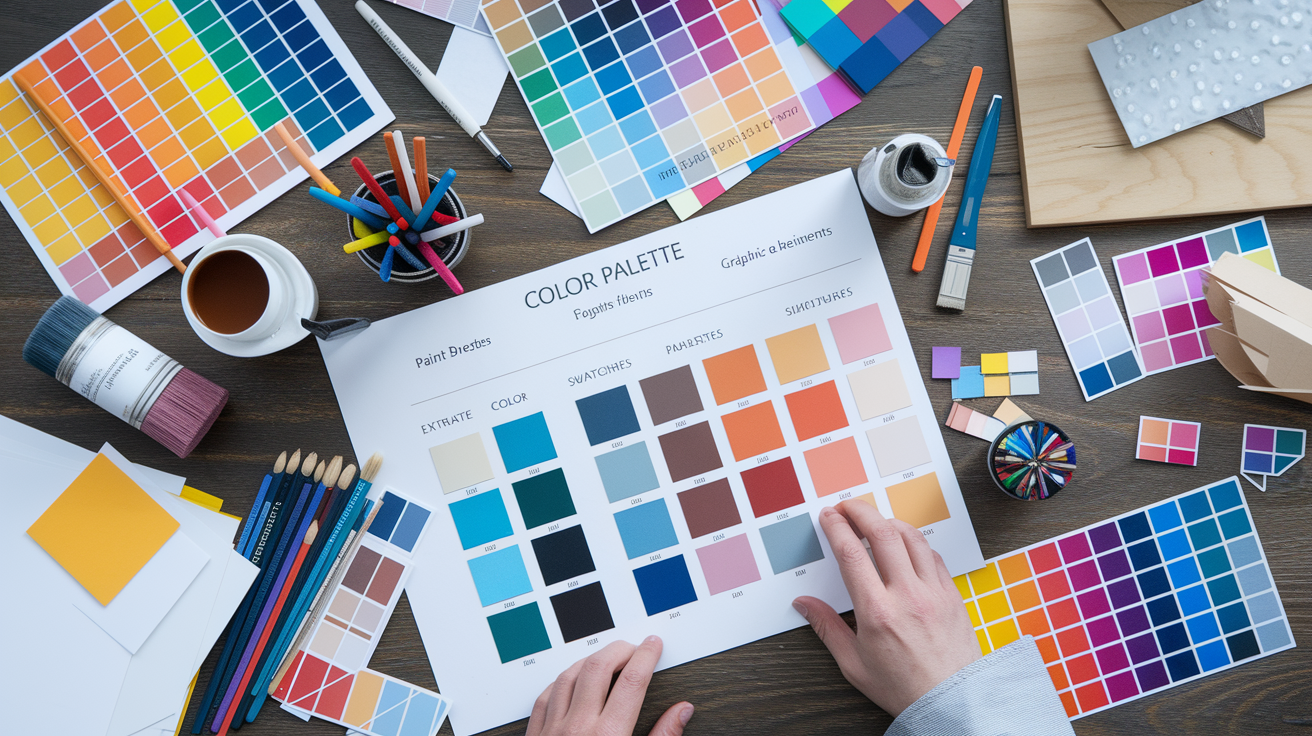
With colors you pull from images, utilize a color palette generator to map out work in design, brand, and space. Keep it lean: start with five colors—1 dark, 1 light, 1 accent, and 2 secondary. Construct a mood board to test tone first, then use color combinations and layer swatches to observe how shades blend. Preserve the last collection and recycle it.
- Navigate styling, product selections and art direction with an established palette.
- Share palettes with teams or clients for quicker decisions and approvals.
- Maintain a library of go-to palettes for repurposing and evergreen concepts.
Digital design
1. Select five basic shades from the picture. Assign roles: background (light), text (dark), accent (calls to action), and two secondary support tones. Mood board to nail vibe, then color-block UI mockups.
2. Change picks to hex. Generate CSS variables (e.g. —brand-dark, —brand-light, —accent) and map them to buttons, links and states to keep styles consistent across pages, emails and ads.
3. Design banners, posters and social posts with a single accent focal point and generous negative space. Keep copy on light or dark anchors for readability. Create some templates and the palette scales quickly.
4. Try contrast checkers (WCAG AA minimum) and quick user polls. If you miss important clicks, increase contrast, adjust the accent color or replace the light background.
Deep learning tools can recommend a beautiful color palette from the same image. Consider those as rough drafts and then adjust for character and contrast.
Brand identity
Pick signature colors that mirror values—calm, bold, playful, or refined—and tie them to real use: primary logo marks, callouts, and UI hotspots. Associate attributes with decisions in one snappy line per shade so squads remember the "why.
Capture the palette with hex, RGB and HSL. Add do/don't rules: min contrast for text, max tints for backgrounds, and safe tints for photography overlays. Maintain a page for seasonal/campaign variations, but lock down the core five.
When you roll out, refresh logos, packaging, decks and social skins. Version control files so partners get the same swatches every time.
Interior decor
Shoot one photograph that captures the feel of the room. Extract 5 colors, then test paint chips, fabric, and small decor. Color-block giant swatches on a wall to gauge light changes throughout the day.
Match fabrics and finishes on fabric preview or capsule harmony pages. Verify that the dark grounds furniture lines, the light air walls or ceilings and the accents pop in art or one chair.
Map wall art, rugs and lamps to the palette. Stay close to 60/30/10 for base/secondary/accent.
Pitch concepts with mood boards or fast digital collages. Layer swatches to check for clashes quickly and repair them.
Beyond the algorithm
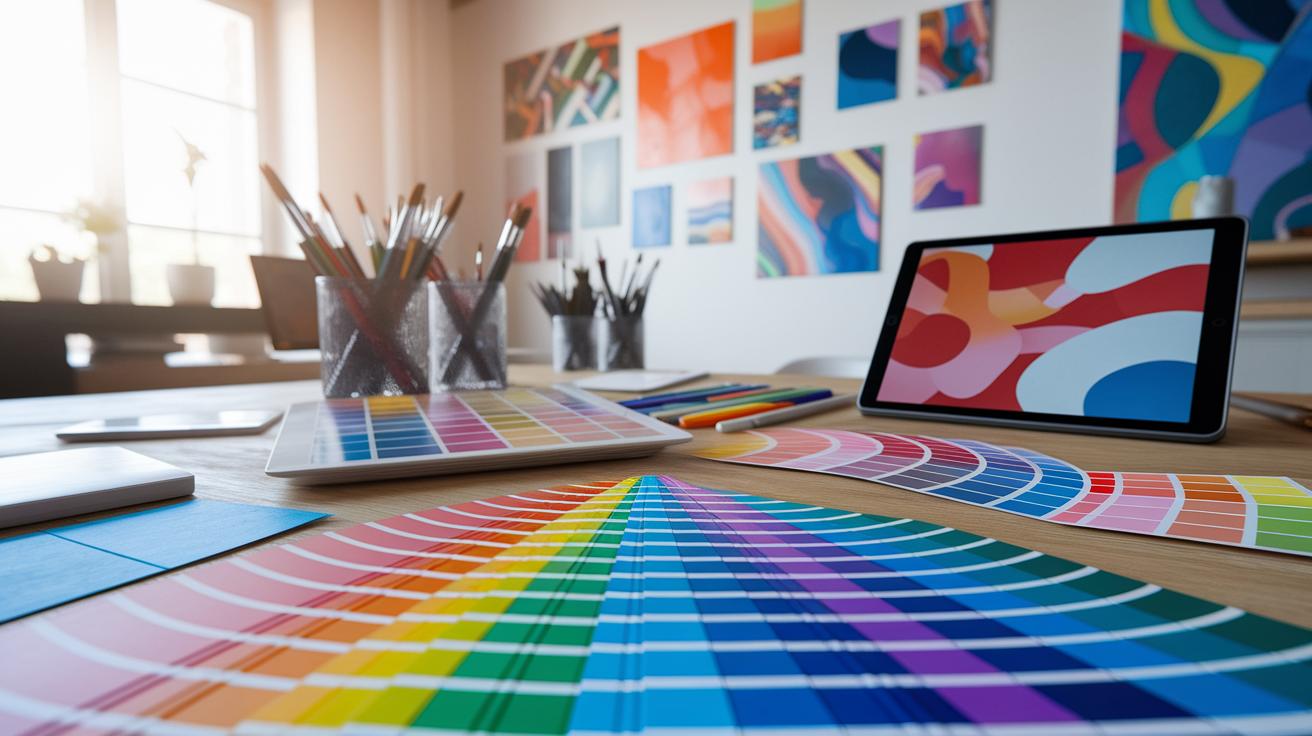
Photo-to-palette tools do their job quickly and marvelously well, but you get your best results when you bring your eye and your intent to the party. Automated extraction can pluck five to ten swatches in the blink of an eye, while experts spend minutes sculpting beautiful color palettes from an individual image. The quickness counts when you need choices immediately, but the human edit counts when you want a palette that suits mood, message, and use across screen and print.
I think of the tool as a first pass. Choose a picture, do extraction, cut out near-duplicates, warm and cool notes in balance, and try little lightness shifts. Use device-independent thinking: RGB is common but not consistent across screens, while CIELAB is built on human vision. If you need smooth steps, sample in CIELAB and check contrast in lightness (L*) for readable text. This method enhances your color analysis experience, ensuring you select the right shades.
Some research even disregards brightness or saturation and concentrates on color in an attempt to prevent shadows and glare from biasing the collection. This comes in handy with backlit scenes or brutal noon light. Push it even further with masks, overlays and manual tweaks. Sample colors by region—skin, sky, foliage—and label use cases: base, accent, neutral, and alert.
Experiment with blend modes on top of a gray card to observe actual color shifts. Nudge saturation down 5-10% on accents to halt visual noise, and bump lightness on background tones if text sits on top! When you need a broader net, drag several photos from the same motif—city dusk, ocean dawn, desert flower—and allow the model to generate clusters, then combine by function.
Neural network methods shine here: they can suggest diverse, customizable schemes fast, and recent models combine several networks to fix blind spots. Data-driven approaches now receive greater attention because they sample color combinations directly from diverse images without manual tuning. AI and machine learning have stepped up the game with context-aware selections, employing attributes such as scene type or subject to tune ranges.
Others weight skin tones or brand colors, then allow the platform to fill in the blanks. It helps to remember how we see: research suggests about 80% of brain response is driven by visual input, so the right contrasts and a few stable anchor colors do heavy lifting. Stay in style by following new looks, seasonal drops, and color palettes.
Contrast outputs across RGB, HEX, and CIELAB so selections stand up on screen and in print. Exchange peer notes, share palettes with usage notes, and solicit contrast and tone feedback. A tiny circle that tests and comments will accelerate your edits and sharpen your eye.
Conclusion
To extract a palette from a photo, begin with focused intentions and a discerning gaze. Let the picture lead the selections. Look for pure light and real colors and powerful forms. Something to read the base tones. Diminish din. Give each shade a memorable name. Then hand-tweak. Nudge a cool blue to steel. Warm a sand tone to echo skin. Retain five to seven colors. Lock roles: base, accent, text, alert.
A little trial assistance. Plop that palette onto a mock card, a slide, or a room plan. See leg tones, branded fit, and print range. Pass it on one colleague. Notice their read!
Need a jump start? Simply select a photo today. Execute a tool. Hold three tints. Construct one tiny use.
Frequently Asked Questions
How do I turn a photo into a color palette?
Upload your picture to a color extractor, a stellar shopping companion that computes pixels and maps back dominant colors. For optimal results, provide a high-quality photo with good lighting and well-defined subjects to enhance your personal color analysis experience.
What makes a photo good for color extraction?
High quality lighting, in focus, and low noise are essential for an effective color analysis experience. Forget heavy filters and dramatic shadows; a well-balanced composition assists the color palette generator in detecting dominant and accent colors.
How accurate are color extractor tools?
They are trustworthy for key colors in your capsule palette. Always look over the color combinations and adjust them, mixing machine output with human selection for a professional touch.
When should I curate the palette manually?
When you need brand colors, accessibility contrast, or subtle hues, a color palette generator can help. Customize hues, saturation, and values to suit your objective while ensuring beautiful color combinations.
What color formats should I export?
Use HEX for web, RGB for screens, and CMYK for print, while saving as ASE or GPL for design software. Maintain a simple color palette for consistency, including core colors, neutrals, and accents, to ensure flattering colors in your designs.
How many colors should a palette include?
Begin with 5–8 main colors for your capsule palette. Add tints, shades, and neutrals as necessary to create beautiful color combinations. There are too many colors; it muddles the color analysis experience.
Where can I use the extracted palettes?
Use them in branding, UI design, presentations, packaging, and interior mood boards to create a beautiful color palette. They assist in generating visual cohesion, enhance user experience, and accelerate design choices.